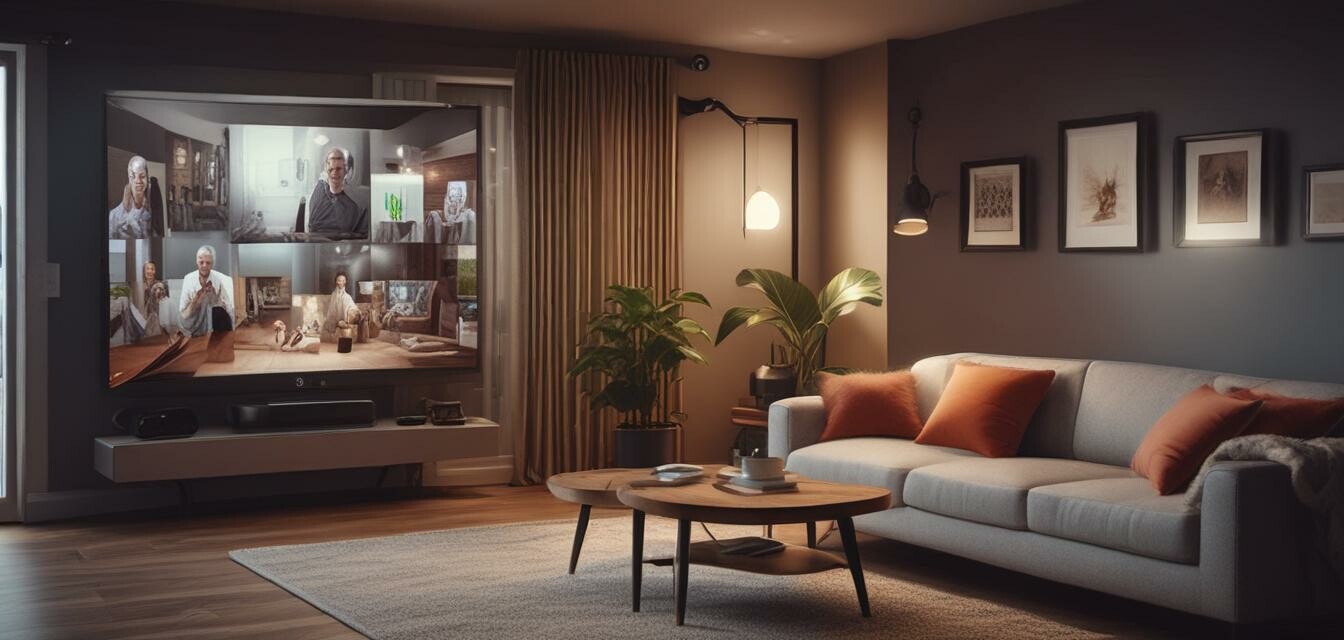
Creating a Comfortable Smart Living Environment for Seniors
Key Takeaways
- Smart home gadgets can enhance the safety and independence of seniors.
- Comfort and accessibility should be prioritized in technology selection.
- Proper setup and familiarity will improve the user experience.
- Regular updates and maintenance are essential for device efficacy.
- Engagement with caregivers can help tailor solutions to individual needs.
As seniors strive for independence while keeping safety in mind, creating a smart living environment becomes essential. The integration of technology can facilitate a comfortable and accessible lifestyle, making everyday tasks easier and safer. This article explores helpful tips for setting up a smart home focused on enhancing the living environment for older adults.
Why a Smart Living Environment is Essential for Seniors
Adopting smart home technologies not only enhances daily living experiences but also improves safety and convenience. With the right tools, seniors can maintain their independence while having peace of mind. Here are some benefits:
- Safety: Smart devices can alert caregivers to falls or emergencies.
- Accessibility: Voice-controlled assistants simplify tasks and allow hands-free operations.
- Comfort: Automated lighting and temperature control provide an enjoyable living space.
Steps to Create a Comfortable Smart Living Environment
1. Assess the Needs
Before investing in smart technologies, evaluate the specific needs of the user. Consider mobility challenges, daily routines, and required support. Create a list of functions that can help improve their lifestyle.
2. Choose the Right Devices
Not all devices are created equal. When selecting gadgets, focus on functionality, usability, and compatibility. Below is a table of essential smart home gadgets suitable for seniors:
| Device Category | Example Devices | Benefits |
|---|---|---|
| Voice Assistants | Amazon Echo, Google Nest | Voice control for music, reminders, and home automation. |
| Health Monitors | Wearable fitness trackers | Monitoring vital signs and activity levels. |
| Smart Lighting | Philips Hue, Lifx | Automated lighting adjustments for safety and convenience. |
| Security Systems | Smart locks, doorbell cameras | Increased security and remote monitoring capabilities. |
3. Simplify Interactions
Ensure that the user can easily interact with the devices. This might involve:
- Configuring devices with straightforward commands.
- Creating shortcuts for common tasks.
- Using larger screens and devices with easy-to-read displays.
4. Setting Up and Training
Once devices are selected, proper setup is crucial. Seek professional help if needed and ensure that the user understands how to use their new gadgets. Regular practice will help build their confidence in using technology.
Key Smart Devices for Comfort and Accessibility
Here are some key device categories that can enhance a senior’s living environment:
- Connected Home Assistants: Great for controlling multiple devices through voice commands.
- Health Monitoring Devices: Important for tracking health metrics regularly.
- Home Security Solutions: Enhances safety by monitoring home ingress and egress.
- Smart Entertainment Systems: Provides easy access to entertainment options.
- Smart Lighting Systems: Helps maintain an optimal living environment with adjustable lighting.
Best Practices for Maintaining a Smart Living Environment
After successfully setting up a smart home, ongoing maintenance ensures everything works smoothly. Here are some suggestions:
- Regularly check for software updates on all devices.
- Review device settings and compatibility to ensure ongoing ease of use.
- Encourage feedback from seniors about what works and what doesn’t, leading to further refinements.
Privacy Considerations
It's critical to address privacy concerns when using smart devices. Always ensure that:
- Device settings prioritize user privacy.
- Caregivers are included in discussions about device security features.
- Regular audits are conducted on device access points and permissions.
Conclusion
Creating a comfortable smart living environment for seniors is about enhancing their quality of life through thoughtful technology selections and user-centric design. By evaluating needs, choosing appropriate devices, and maintaining a focus on usability, caregivers can empower seniors to live independently and safely.
Tips for Caregivers
- Engage seniors in the tech selection process to ensure comfort with choices.
- Facilitate regular practice sessions with new gadgets.
- Monitor changes in daily routines to identify areas for further enhancement.
Pros
- Enhances independence for seniors.
- Offers real-time support and alerts to caregivers.
- Improves overall safety and security.
- Automates daily tasks, reducing physical strain.
Cons
- Initial setup can be complex.
- Reliance on technology may lead to frustration for some users.
- Privacy concerns must be closely managed.
For more insights on smart living environments, check our related articles on Tips and Advice and explore our detailed Buying Guides.